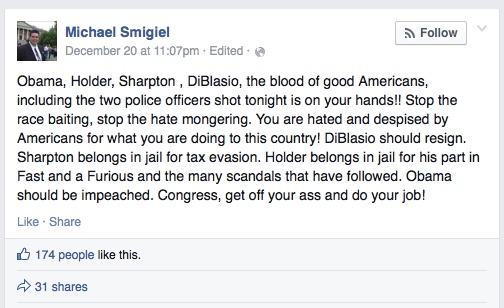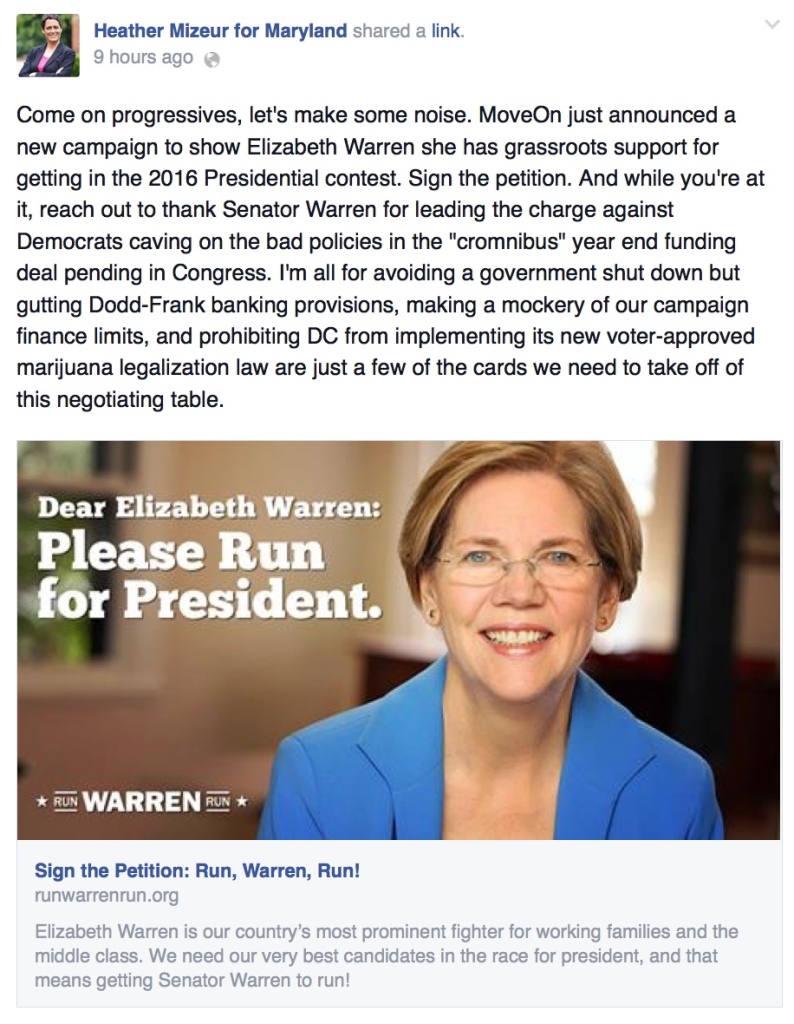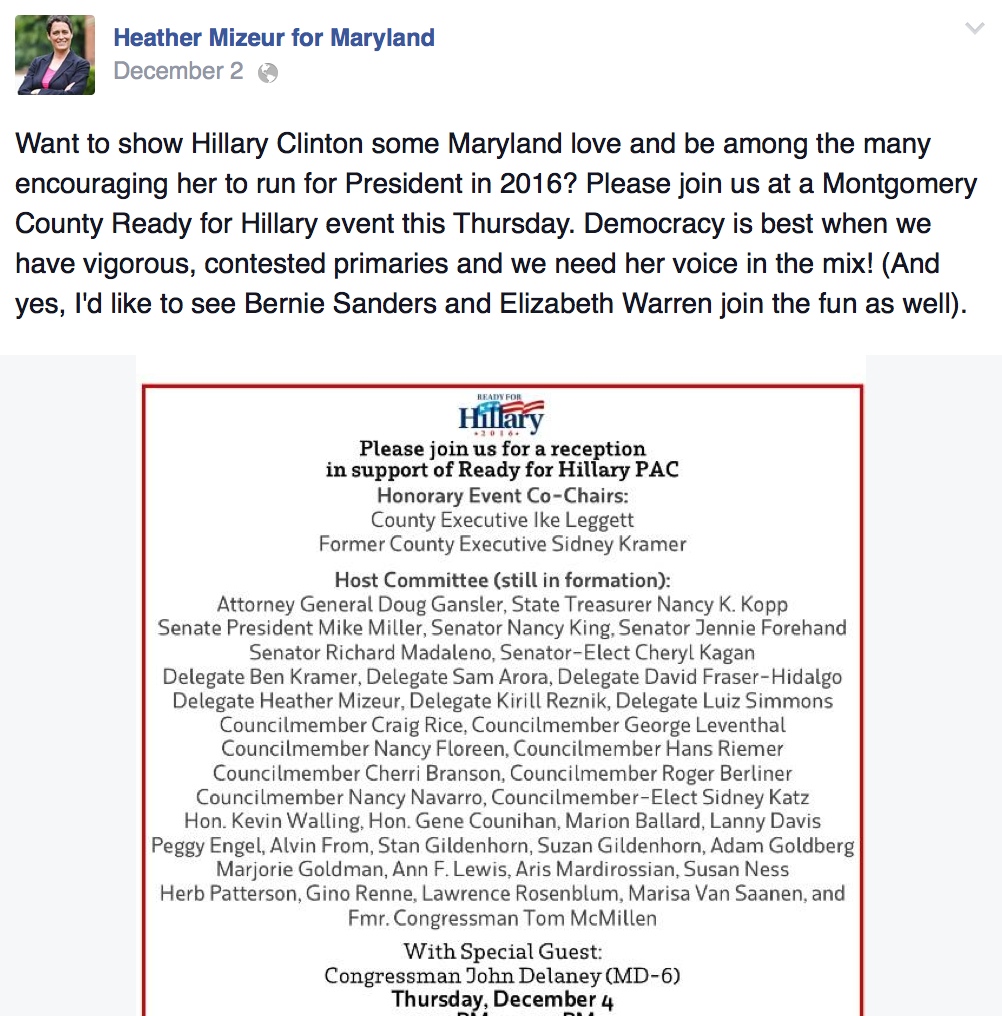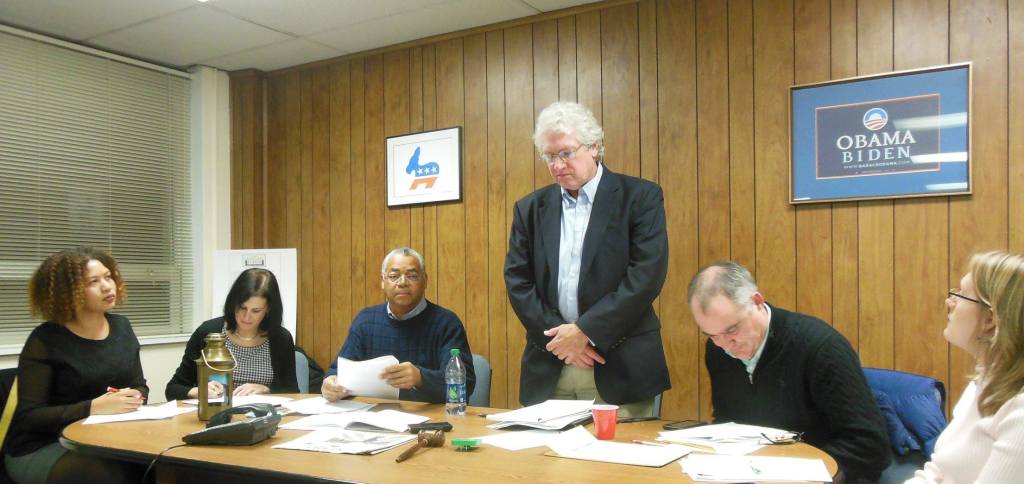The Bureau of the Census has released population estimates for 2014. Election Data Services calculated changes in the number of congressional districts that would be allocated to each state based on the 2014 numbers:
Gaining One Seat
North Carolina
Texas
Losing One Seat
Minnesota
Pennsylvania
They have also projected changes in the number of CDs in each state after the 2020 Census:
Gaining Three Seats
Texas
Gaining One Seat
California
Colorado
Florida
North Carolina
Virginia
Losing One Seat
Alabama
Illinois
Michigan
Minnesota
Ohio
Pennsylvania
Rhode Island
West Virginia
Other potential gainers of one seat include Arizona and Oregon. Virginia’s seat gain is the most tenuous–they would get the last seat according to this projection. Other potential losers of one seat include New York. Florida has now surpassed New York to become the country’s third-largest state.
Maryland
No one is projecting that the number of Maryland’s congressional districts will change from eight after the 2020 Census. In 2014, the estimated American population increase was 3.27% since the 2010 Census. Maryland’s gain was slightly higher at 3.51%–the 21st highest rate in the country–suggesting that there is little danger of losing a seat. However, Maryland is growing at a somewhat slower rate than similarly sized states that might gain seats.
Slow-Growing States
West Virginia, -0.15%
Maine, 0.13%
Vermont, 0.13%
Rhode Island, 0.21%Michigan, 0.26%
Illinois, 0.38%
Ohio, 0.50%
Connecticut, 0.63%
Pennsylvania, 0.66%
New Hampshire, 0.79%
Mississippi, 0.88%
All of the New England state, except Massachusetts, have grown at very slow rates. Rhode Island could lose one of its two CDs, leaving it with one very highly populated CD with over one million people. like Montana. So far, Maine and New Hampshire are not projected to lose one of their two CDs, though that would eventually happen unless their growth rates pick up.
Fast-Growing States and DC
North Dakota, 9.95%
District of Columbia, 9.49%
Texas, 7.20%
Colorado, 6.49%
Utah, 6.48%
Florida, 5.79%
Arizona, 5.31%
Nevada, 5.12%
Washington, 5.01%
South Dakota, 4.79%
South Carolina, 4.48%
Washington, DC is growing gangbusters and now has an estimated population of close to 659,000.







